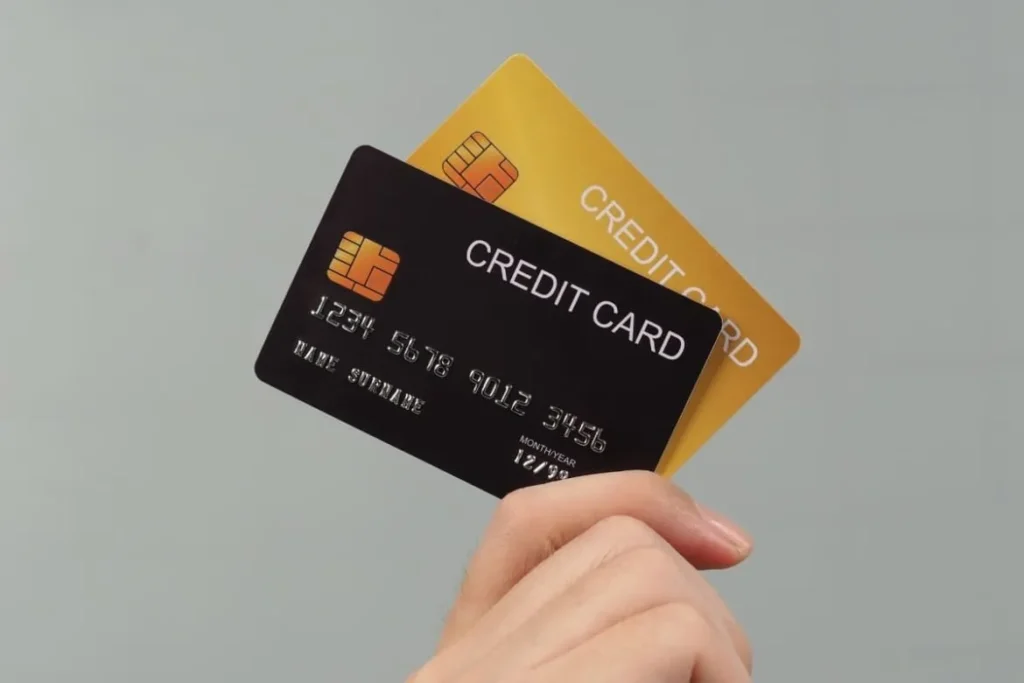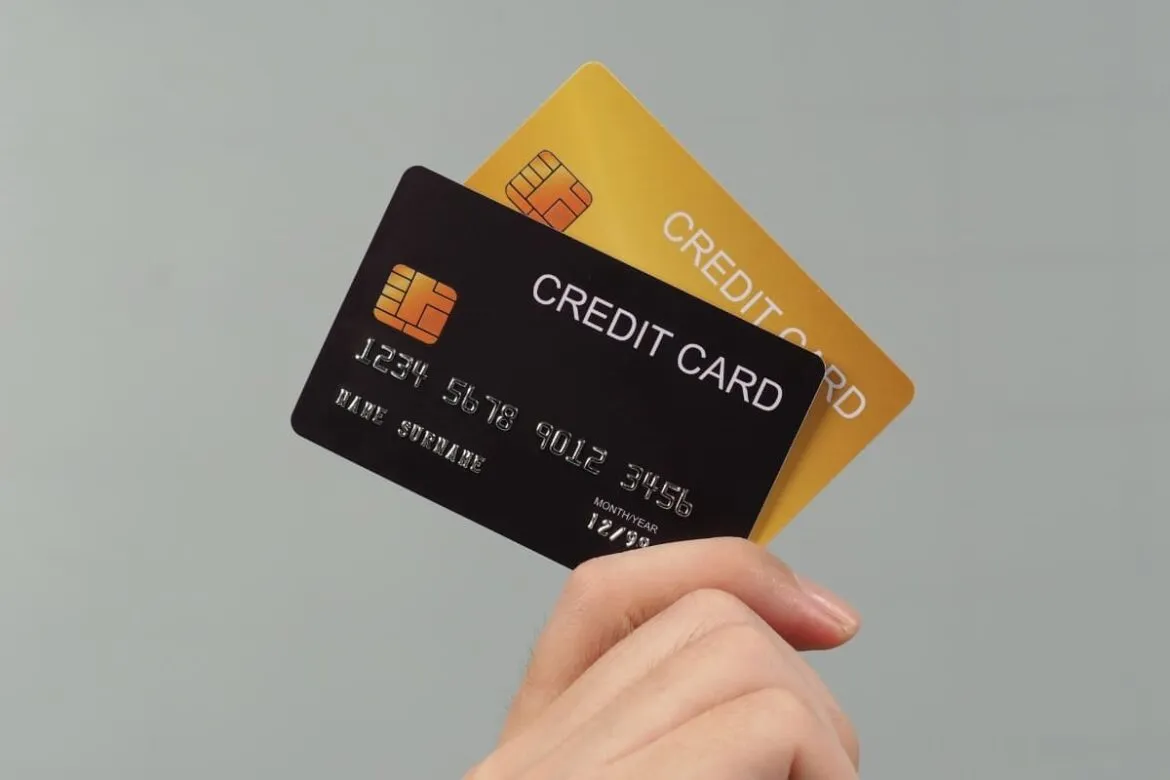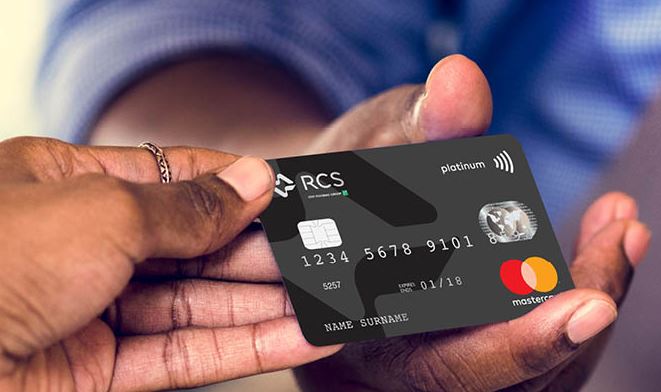Selecting the right credit card can be a game-changer for your financial health. With so many options available, choosing the one that aligns with your spending habits, financial goals, and lifestyle is essential.
A well-chosen credit card can help you earn rewards, build credit, and provide financial flexibility. But how do you pick the best one for you? Here’s a guide to help you make an informed decision.

Understand Your Financial Needs – Credit Card
Before diving into the specifics of credit card offers, take a step back and assess your financial situation. Understanding your needs and spending habits will guide you toward the right card.
Evaluate Your Spending Habits – Credit Card
Think about where you spend most of your money. Do you make a lot of purchases on groceries, travel, or dining out? Different credit cards offer benefits based on spending categories, so knowing where you spend will help you choose a card that maximizes rewards and cashback in those areas.
For example:
- If you spend a lot on groceries, look for a card that offers high rewards on supermarket purchases.
- If you travel frequently, a travel rewards card with airline or hotel perks might be a better fit.
Consider Your Credit Score – Credit Card
Your credit score plays a significant role in the types of credit cards you’ll qualify for. Cards with better rewards and lower interest rates often require a good to excellent credit score (typically 700 or higher). If your credit score is lower, you may need to look for cards that cater to people with fair or poor credit, which may have higher interest rates but offer a better starting point to rebuild credit.
Types of Credit Cards to Consider
There are different types of credit cards designed for different financial goals. Here are the main categories:
1. Rewards Cards – Credit Card
If you’re looking to earn rewards on your everyday spending, a rewards card might be the best choice for you. These cards offer points, miles, or cashback on purchases.
- Cashback Cards: These cards give you a percentage of your spending back in cash. Some cards offer flat-rate cashback on all purchases, while others offer higher cashback in specific categories (e.g., 3% on groceries, 2% on dining).
- Travel Rewards Cards: These cards accumulate points or miles that can be redeemed for flights, hotels, and other travel-related expenses. Many travel cards offer additional perks like airport lounge access, travel insurance, and priority boarding.
- Points Cards: Similar to travel rewards cards, but points can be redeemed for a wider variety of goods, including merchandise, gift cards, or experiences.
2. Low-Interest Cards – Credit Card
If you’re planning to carry a balance on your card, a low-interest credit card can help minimize the amount of interest you pay. These cards usually come with a lower APR (Annual Percentage Rate) and may offer introductory 0% APR for balance transfers or purchases for a certain period.
- Balance Transfer Cards: If you have high-interest debt on other credit cards, a balance transfer card can help. These cards offer a low or 0% interest rate on transferred balances for a set period (usually 12–18 months), allowing you to pay down debt without accumulating interest.
- Purchase APR Cards: These cards offer low interest on new purchases, which is useful if you need to carry a balance occasionally but want to avoid high interest.
3. No Annual Fee Cards – Credit Card
Many credit cards charge an annual fee, but if you’re not interested in paying extra costs, there are several credit cards that offer good benefits without an annual fee. These cards are great if you want to avoid paying just for having a credit card.
- Best for Beginners: If you’re new to credit or don’t want to commit to a fee, look for a no-annual-fee card with cashback or rewards on everyday purchases.
- No-Annual-Fee Travel Cards: Some travel cards offer no annual fee but still provide valuable travel benefits like travel insurance and miles accumulation.
4. Secured Credit Cards – Credit Card
Secured cards are a good option for people with limited or poor credit history. They require a deposit, which serves as your credit limit. While secured cards don’t offer significant rewards, they can help you build or rebuild your credit score if used responsibly.
- Good for Building Credit: If you’re just starting to build your credit or need to repair it, secured cards can provide a pathway to better credit options in the future. After several months of responsible use, you may qualify for an unsecured card with better terms.
5. Store Credit Cards – Credit Card
Store credit cards are issued by specific retailers and often offer exclusive rewards or discounts for purchases made at that store. While they can be tempting due to instant discounts, they often come with high-interest rates and limited usability.
- Good for Frequent Shoppers: If you regularly shop at a particular store, a store card can provide you with great perks, such as exclusive discounts, loyalty points, or special financing options.
- Be Careful with Interest Rates: However, store cards typically have high APRs, so they’re only worth it if you plan to pay off your balance in full each month to avoid interest charges.
Key Factors to Consider When Choosing a Credit Card
Now that you have an idea of the types of cards available, here are some specific factors to weigh when choosing the best card for you:
1. Interest Rates (APR) – Credit Card
The APR is one of the most important factors to consider, especially if you anticipate carrying a balance. A lower APR means you’ll pay less in interest if you don’t pay your balance in full each month.
- Look for Low APR: If you’re looking for a card to carry a balance on, find one with a low APR, preferably under 15%. Some cards offer introductory 0% APR periods, but the regular APR kicks in after the promotion ends.
- Balance Transfer APR: If you plan to transfer existing debt, check the APR for balance transfers, as well as any balance transfer fees, which usually range from 3% to 5%.
2. Rewards Program and Categories – Credit Card
If earning rewards is your goal, pay attention to the card’s rewards program.
- Flat-Rate vs. Bonus Categories: Some cards offer a flat-rate cashback (e.g., 1.5% on all purchases), while others offer bonus rewards in specific categories like groceries, dining, or travel (e.g., 3% on dining, 2% on groceries). Choose a card that aligns with your spending habits.
- Sign-Up Bonuses: Many credit cards offer sign-up bonuses if you meet a spending threshold in the first few months (e.g., spend $3,000 in the first 3 months and earn 50,000 points). These can be a great way to quickly accumulate rewards.
3. Fees and Penalties – Credit Card
In addition to the annual fee (if any), make sure to review other potential fees associated with the credit card.
- Foreign Transaction Fees: If you plan to travel abroad, look for a card that doesn’t charge foreign transaction fees, which can range from 2% to 3% on international purchases.
- Late Payment Fees: Some cards charge hefty fees if you miss a payment, and consistently paying late can hurt your credit score. Always choose a card with reasonable late payment fees (if any), and try to pay on time.
4. Perks and Additional Benefits
Many credit cards offer perks beyond just rewards or cashback. These can make your card more valuable, especially if you travel frequently.
- Travel Benefits: Some travel cards offer perks like free checked bags, travel insurance, airport lounge access, and priority boarding.
- Purchase Protection: Many cards offer purchase protection, extended warranties, and fraud protection for purchases made with the card.
- Introductory Offers: Look for introductory offers like 0% APR for the first year or a 0% balance transfer offer, which can help you save money on interest in the short term.
5. Customer Service and Support
Customer service is crucial in case you need assistance with anything related to your card—whether it’s a question about rewards, a fraudulent charge, or a billing error.
- Look for Card Issuers with Good Reputation: Research the credit card issuer’s reputation for customer service. Look for user reviews and rankings for responsiveness and support.
Compare and Choose
Once you’ve evaluated your needs, goals, and the available options, it’s time to compare credit cards. Many websites offer comparison tools that allow you to compare interest rates, fees, rewards, and other features side by side.
- Use Comparison Websites: Websites like NerdWallet, Credit Karma, and The Points Guy offer detailed breakdowns of different credit cards to help you make an informed decision.
- Read the Fine Print: Always read the terms and conditions of the credit card offer to make sure you understand the fees, interest rates, and other important details.
Conclusion
Choosing the best credit card for you depends on understanding your spending habits, financial goals, and credit situation. Whether you’re looking to earn rewards, save on interest, or build your credit, there’s a card that fits your needs. By evaluating the options, comparing key factors like rewards, fees, and APR, and aligning the card with your personal financial goals, you can make a smart decision that supports both your financial health and lifestyle.






